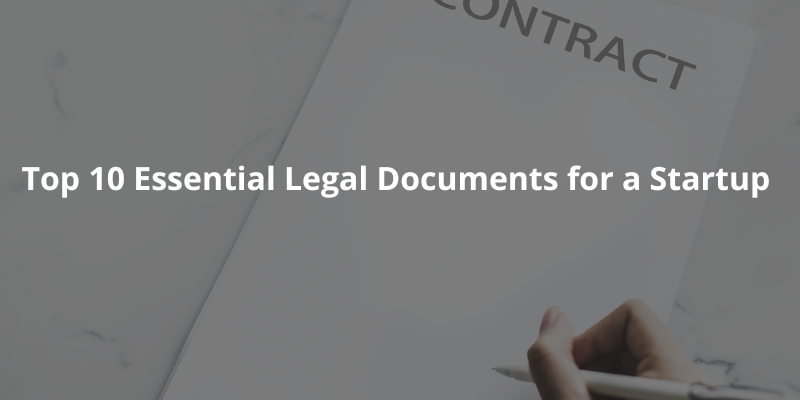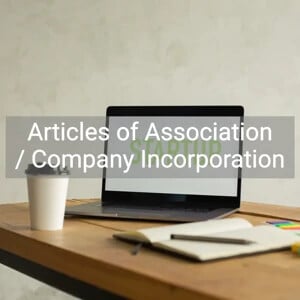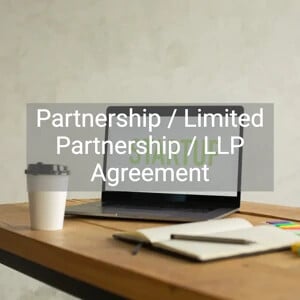Joint Venture Agreement


1. Purpose.
What is the purpose of the JV? What are the commercial objectives of the parties? Is a JV the right type of relationship? Consider any alternatives arrangement:
2. Scope.
What is the scope of the JV? Consider implications of such scope in connection with:
The joint venture agreement should identify the full legal name and business address of the parties.
It is important to establish in legal terms any territorial or other limitations on the intended scope of the JV's activities in order that this is commercially clear between the parties and to prevent the JV from subsequently competing (e.g. in relation to the distribution of products) with one of the parties elsewhere in the world.
The agreement should clearly specify any obligations of the parties to transfer to the joint venture any know-how, rights to land or buildings (or to procure the grant of land use rights), business, or equipment to the JV. Any agreed mechanism for valuing these contributions should be clearly spelt out. The timing of (and any cash limit on) the respective contributions of the parties should be clear.
What will be the parties' respective equity share in the JV? How will the parties decide the initial contribution and ongoing financial contributions of each company in this joint agreement? Will financing need to be secured from third parties? What will be the JV's "registered " or "charter" or "authorised" capital? How will contributions in kind be valued - and made?
It is important to establish what obligation (if any) the "parent" entity will have to enter into guarantees, bonds, or indemnities to support the provision of finance to the JV. In this situation, the joint venture agreement should be careful to establish the principle of sharing any liability incurred under any such guarantees, bonds, or indemnities.
JV comes in various forms, the following are the most common ones:
The choice of structure will depend on a variety of factors which will have different weights according to the circumstances of the particular venture. It will be important to identify the main criteria in a particular case. Some key considerations are:
The current agreements under the Joint Venture categories are contractual joint ventures. For other types of joint ventures such as partnership or JVC, please refer to partnership agreements and shareholders agreements.
A joint venture/consortium agreement with a JV leader and participants to provide service to a client in a particular jurisdiction. The association is for services required for a specific project, rather than for a more permanent type of arrangement. This agreement is drafted for 2-5 parties and available in the following forms: Neutral, Full Indemnity, or No Indemnity between the Participants.
A joint venture/consortium agreement with a JV leader and participants applies in business situations where the parties contribute to the manufacturing of products in a particular jurisdiction. The association is for products required for a specific local project, rather than for a more permanent type of business arrangement. This agreement is drafted for 2-5 parties and available in the following forms: Neutral, Full Indemnity, or No Indemnity between the Participants.

16 Sep 2021
4 min read

19 Mar 2021
5 min read

16 Oct 2020
9 min read

27 Aug 2020
8 min read

19 Aug 2020
8 min read

4 Aug 2020
9 min read

12 Jun 2020
9 min read

9 Jun 2020
9 min read

1 Mar 2020
11 min read

10 Dec 2019
8 min read






Not the right document?
Don’t worry, we have thousands of documents for you to choose from: